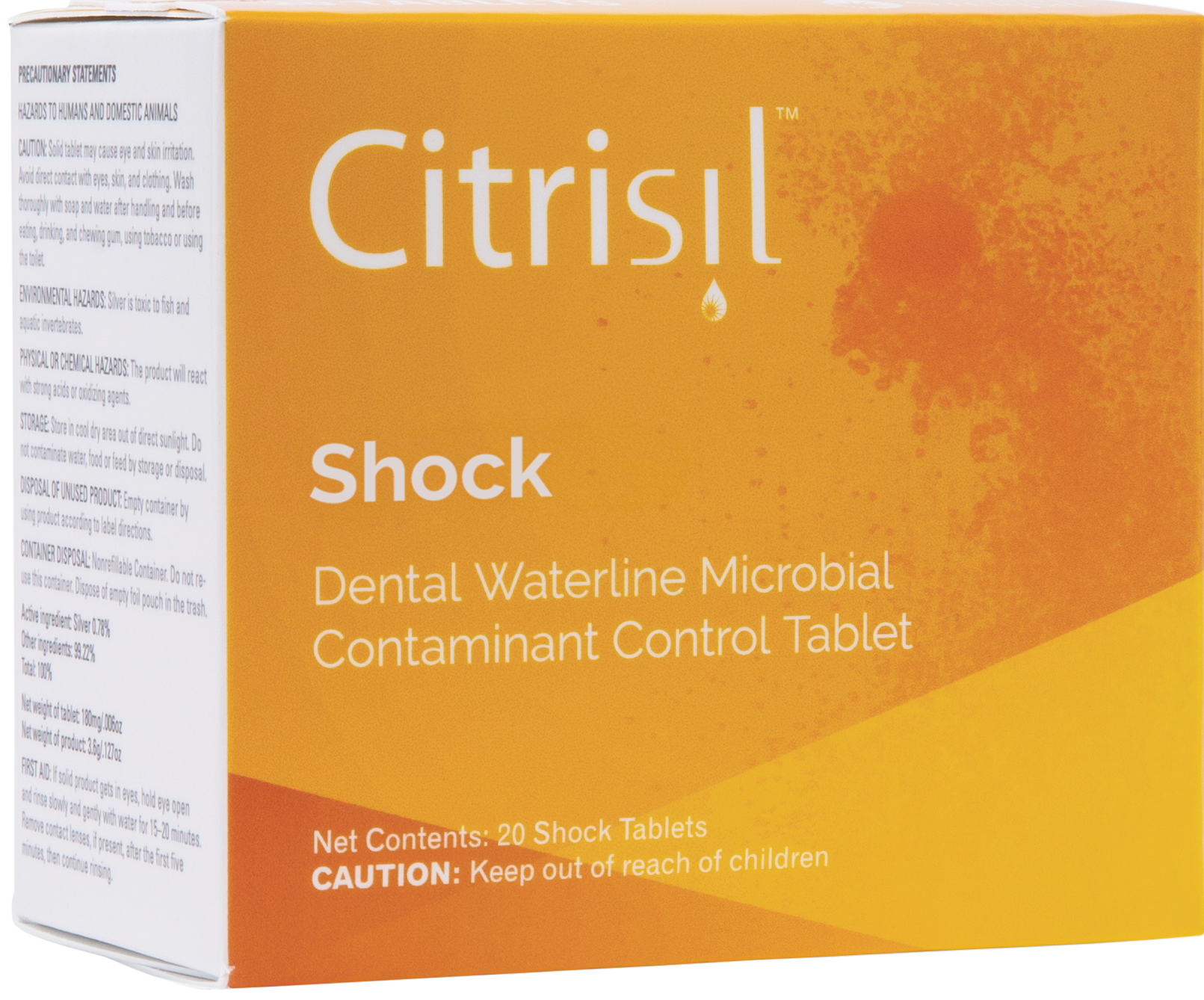Your cart is currently empty!
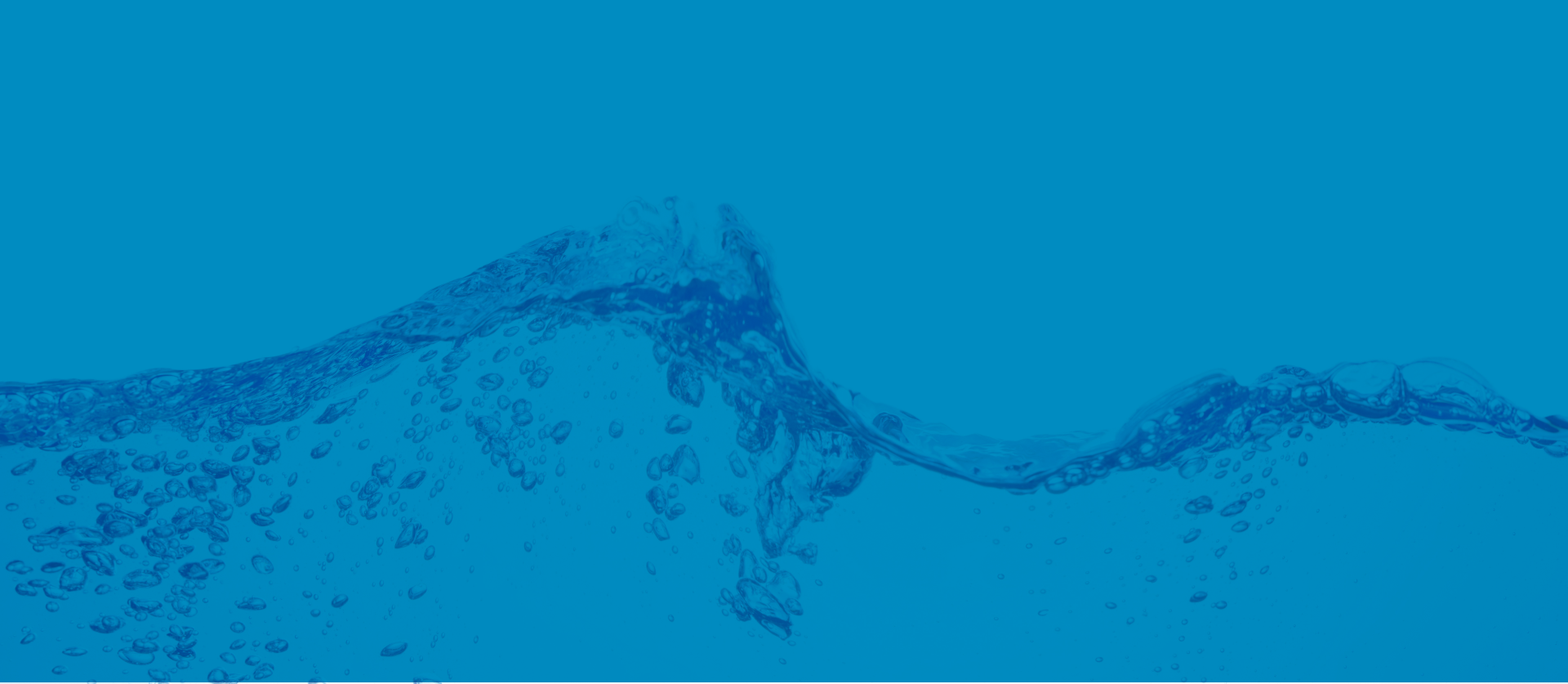
Common Contaminants in Dental Waterlines and How to Prevent Them – A Guide to Safer Water in Your Practice
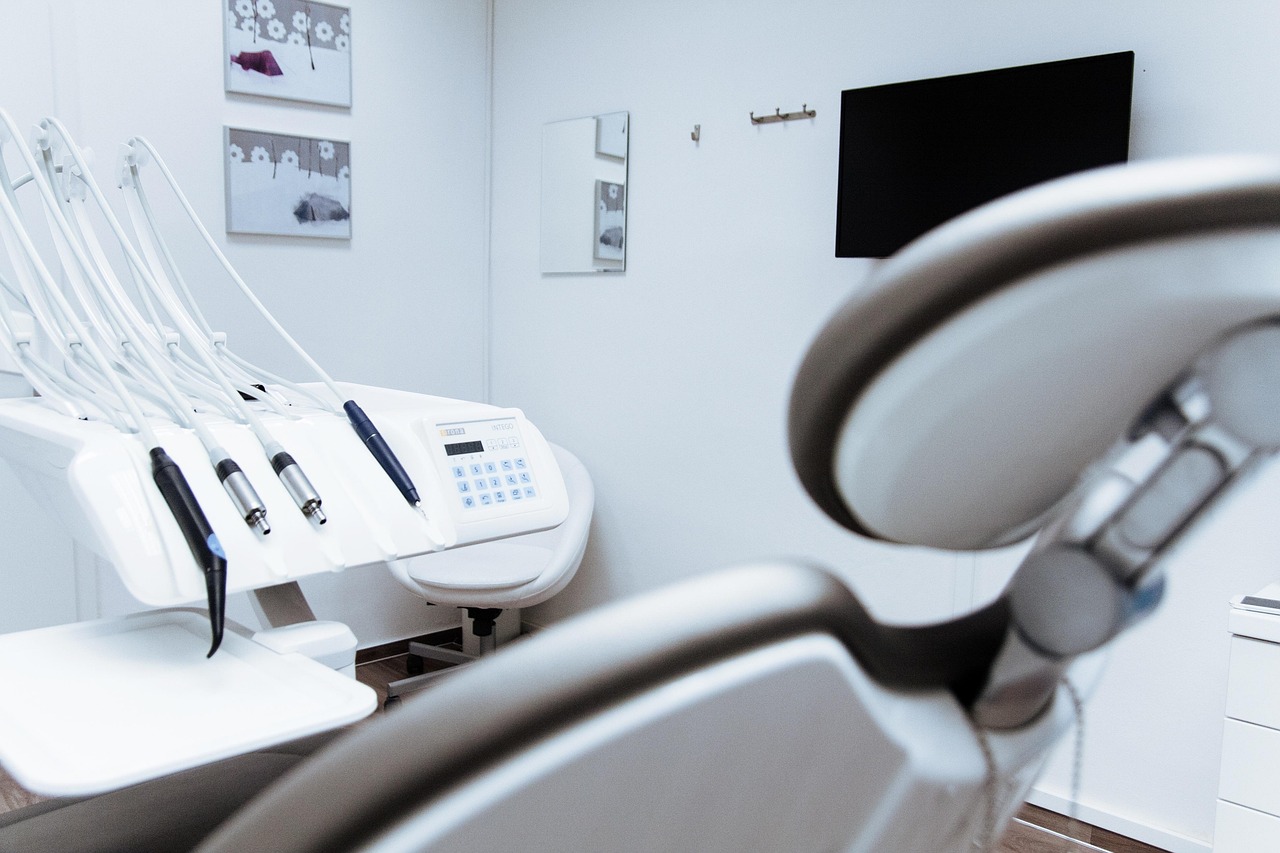
When it comes to infection control, clean water is often assumed. But in a dental setting, what you can’t see in your waterlines could pose serious health risks to both patients and clinicians. Dental Unit Waterlines (DUWLs) are narrow, flexible tubes that deliver water for cooling handpieces, air/water syringes, and ultrasonic scalers. Over time, these lines accumulate microbial biofilm—a slimy matrix where bacteria, fungi, and protozoa thrive.
This isn’t just a maintenance concern; it’s a health issue. Numerous reports link DUWL contamination to patient infections, including cases involving Pseudomonas, Legionella, and nontuberculous mycobacteria (NTM). Fortunately, DUWL safety is entirely manageable with the right preventive approach and tools.
Why Dental Waterlines Are Vulnerable to Contamination
Ideal Conditions for Biofilm Growth
DUWLs provide a near-perfect environment for biofilm: narrow tubing, intermittent water flow, and room temperature water. Once biofilm forms on the inner surfaces of tubing—and it begins forming within days of installation—it serves as a reservoir for microorganisms.
Even treated municipal water isn’t sterile. According to multiple sources, bacterial levels in untreated DUWLs can exceed 200,000 colony-forming units (CFU) per milliliter just five days after waterline installation—well beyond the CDC’s recommended ≤500 CFU/mL for patient treatment water.
The Role of Stagnation and Backflow
Daily shutdowns, weekend closures, and lengthy gaps between procedures allow water to stagnate in the lines. When combined with backflow from high-speed handpieces or syringes (especially without proper anti-retraction valves), microorganisms have ample time to colonize and multiply.
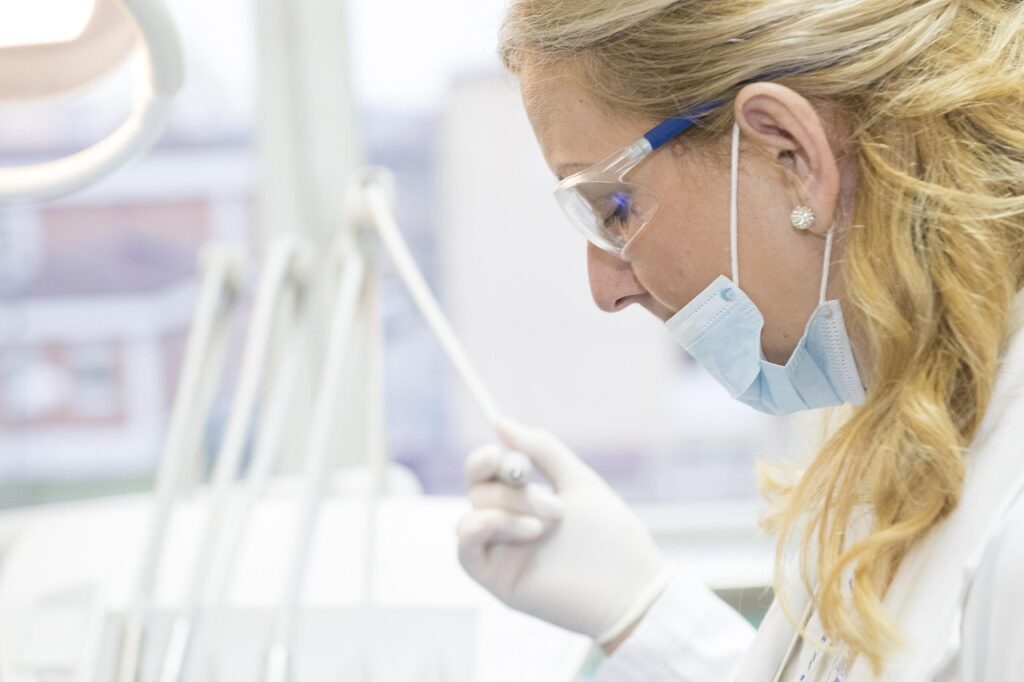
Common Contaminants in Dental Waterlines
High-Risk Bacteria
- Pseudomonas aeruginosa
Frequently found in DUWLs, Pseudomonas is a Gram-negative bacterium known for its resistance to antibiotics and disinfectants. It can cause pneumonia, bloodstream infections, and skin infections. In 2016, an outbreak in California affected 71 pediatric dental patients, leading to hospitalizations and abscesses caused by P. aeruginosa linked to contaminated waterlines. - Legionella pneumophila
Responsible for Legionnaires’ disease, a severe form of pneumonia, Legionella thrives in biofilm and warm water. The bacteria are aerosolized during procedures and inhaled. Even low-level exposure can cause flu-like Pontiac fever; high-risk individuals may develop fatal infections. - Nontuberculous Mycobacteria (NTM)
Slow-growing environmental pathogens like Mycobacterium abscessus are notoriously resistant to disinfectants. In 2011 and again in 2016, dozens of children developed facial infections post-pulpotomy procedures traced to NTM-contaminated DUWLs.
Opportunistic Fungi and Protozoa
- Candida spp.
Fungal contaminants like Candida albicans are common in stagnant water. Though often benign, they can lead to oral thrush or systemic infections in immunocompromised patients. - Acanthamoeba spp.
A waterborne protozoan capable of harboring other harmful microbes within its structure. It complicates DUWL treatment because it protects bacteria like Legionella from standard disinfection methods.
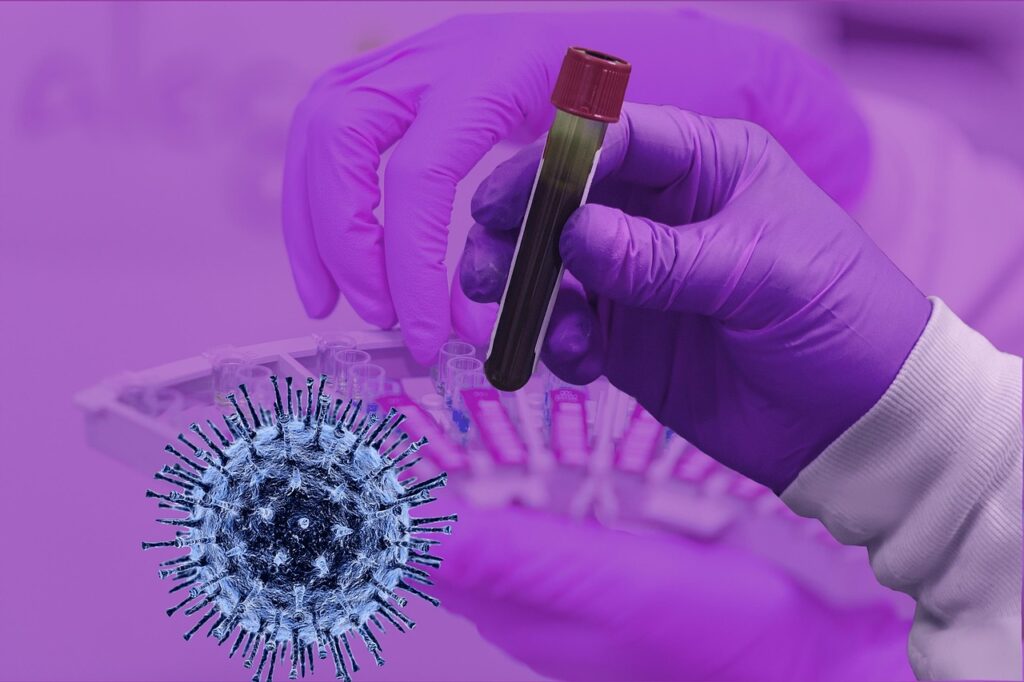
Health Risks for Patients and Clinicians
Clinical Impacts on Patients
Dental procedures using contaminated water—especially surgeries or pulpotomies—can introduce pathogens directly into tissues or create aerosols inhaled by patients. In addition to the California outbreaks, literature reports patients developing:
- Localized abscesses and osteomyelitis
- Respiratory infections and pneumonia
- Systemic infections, particularly in children or immunocompromised adults
Even minor exposure has been linked to eye, ear, and sinus infections after routine dental work.
Occupational Exposure
Clinicians are also exposed. Aerosols produced by ultrasonic scalers or high-speed handpieces can carry DUWL microorganisms into the lungs or onto mucous membranes. Repeated exposure may contribute to:
- Chronic sinus or respiratory issues
- Skin irritation
- Potential hypersensitivity reactions
Although these effects are less well-documented in dental teams, consistent exposure without PPE or proper isolation increases long-term risk.
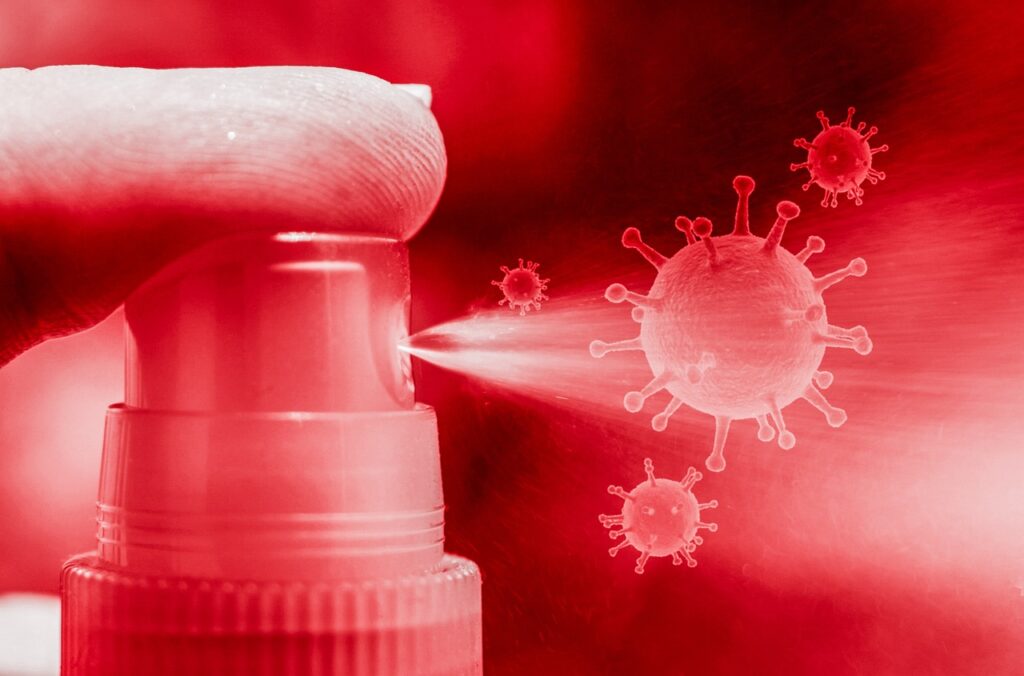
Preventing Common Contaminants in Dental Waterlines
A Multi-Step Approach to Prevention
Flushing waterlines at the beginning or end of the day may reduce planktonic bacteria—but it does little to address biofilm. Effective prevention requires a combination of mechanical, chemical, and procedural strategies.
1. Shock Treatment to Remove Biofilm
When introducing a waterline treatment system or restarting after lapse, a strong disinfectant is needed to eliminate existing biofilm. Citrisil™ Shock is an EPA-registered, high-level disinfectant specifically formulated for DUWLs. It breaks down biofilm and is compatible with most delivery units.
2. Continuous Maintenance
Daily antimicrobial dosing helps prevent biofilm reformation. Products like the Sterisil® Straw maintain waterline quality by releasing low-level antimicrobial agents continuously. These products help ensure microbial counts remain well below the 500 CFU/mL guideline.
3. Regular Testing and Documentation
CDC and ADA guidelines recommend routine water quality monitoring. Quarterly in-office testing or mail-in services like the Sterisil® R2A FASTRead™ Test provide CFU counts and documentation for compliance.
4. Use Sterile Water for Surgical Procedures
Any procedure involving exposed bone or deep tissue should be conducted with sterile water delivered through sterile, single-use tubing, as outlined by the CDC.
5. Follow Manufacturer Guidelines
Always follow unit-specific instructions. Some DUWL systems have built-in filtration or compatibility limitations that could impact which treatments are appropriate.
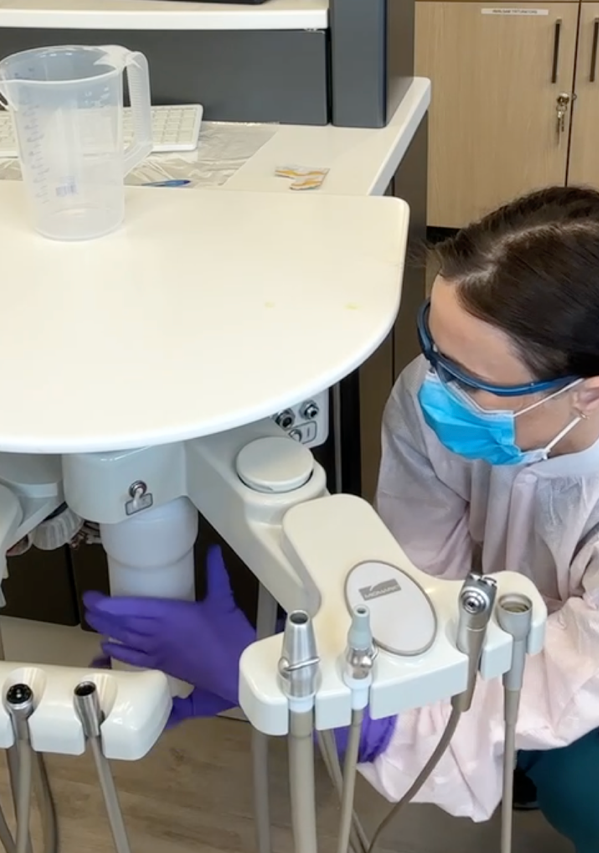
DUWL Maintenance is a Cornerstone of Infection Control
DUWL contamination is invisible but significant—and absolutely preventable. The presence of pathogens like Pseudomonas, Legionella, and NTM in dental water isn’t just a theoretical issue; it has real consequences for patient safety and practice reputation.
Fortunately, with the right tools and protocols—shock treatments, daily antimicrobial dosing, routine testing, and sterile water for invasive procedures—dental professionals can take complete control of their water quality. Adopting a strategy like Sterisil’s SAFEWater Solution simplifies this process, ensuring compliance while protecting those who matter most: your patients and your team.
Safe water is foundational to safe dentistry. Make DUWL maintenance a core part of your infection control strategy—not an afterthought.
Share this post:

Related Posts



